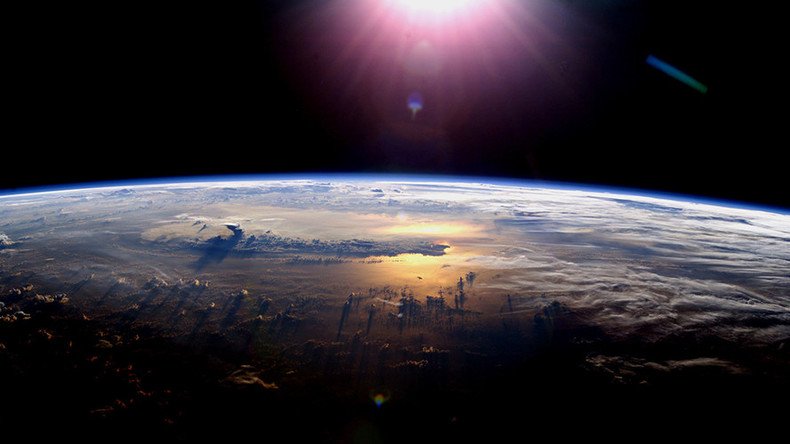Major gravitational waves announcement expected – but what will it be? (POLL)

Scientists are set to reveal details of their latest gravitational waves discovery on Monday in an announcement that is shrouded in mystery.
The Laser Interferometer Gravitational-wave Observatory (LIGO) said it would unveil new developments in the ongoing search for gravitational waves alongside partner scientists from some 70 observatories, but gave no hints as to what these could be.
The event will be live streamed from the National Press Club in Washington, DC at 10am EDT.
As you wait for Monday's announcement, don't forget about #GW170814! The data release is now available at https://t.co/FPKUytmJYv
— LIGO (@LIGO) October 14, 2017
In February 2016, LIGO announced that it had confirmed the first-ever direct observation of Albert Einstein’s gravitational waves. The news came 100 years after Einstein first mentioned gravitational waves in his General Theory of Relativity.
Einstein's ripples in the fabric of spacetime have just been detected, 100 years on https://t.co/kFswoOMaVGpic.twitter.com/vERfthrSVm
— RT UK (@RTUKnews) February 11, 2016
Gravitational waves are extremely faint ripples in space, generated by some of the most violent events in the universe
These waves come from the collision of two black holes 1.3 billion light years away. The discovery shed light on one of physics’ biggest mysteries and earned three US-based scientists involved a Nobel Prize.
READ MORE: RT talks to LIGO physicist Kip Thorne on detecting gravitational waves (EXCLUSIVE)
In June 2016, LIGO revealed that scientists detected gravitational waves from a pair of colliding black holes for the second time, thus backing up the theory of general relativity. A third detection was announced in June of this year, once again from two black holes colliding to form a larger black hole.
The jury is still out on what this latest discovery will reveal but rumors have been circulating among astronomers since LIGO concluded its latest “very exciting” observations at the end of August.
Rumor spreading, LIGO optical counterpart in NGC 4993! #LSST2017
— peterpeter🎃spiceeat (@PeterYoachim) August 18, 2017
Lots of gossip at HEAD about the new, still "secret", LIGO event that everyone knows about.
— Jonathan McDowell (@planet4589) August 23, 2017
Science News reported that chatter was circulating that LIGO had located a smash-up between two remnants of stars known as ‘neutron stars.’ If so, telescopes could have, for the first time, picked up light from the aftermath of the cosmic crash.












